Farming at a Human Scale
In the heart of the Adirondack Mountains, a couple revives pastures with grazing and compost.
It’s 4:30 a.m., and Shannon Eaton is gently pedaling her bike down her farm lane and across the road to her pasture. Eaton and her husband, Tyler, operate Blue Pepper Farm, a sheep dairy in the heart of the Adirondack Mountains.
The couple relies on lush, healthy pasture to provide high-quality nutrition to their sheep, which are milked spring through fall. But before the Eatons purchased their land, it was in poor shape. The fields had been mowed for hay annually since the 1950s. They knew the first step to creating a successful operation was to resurrect the tired hay fields into vibrant pastures capable of supporting their herd.
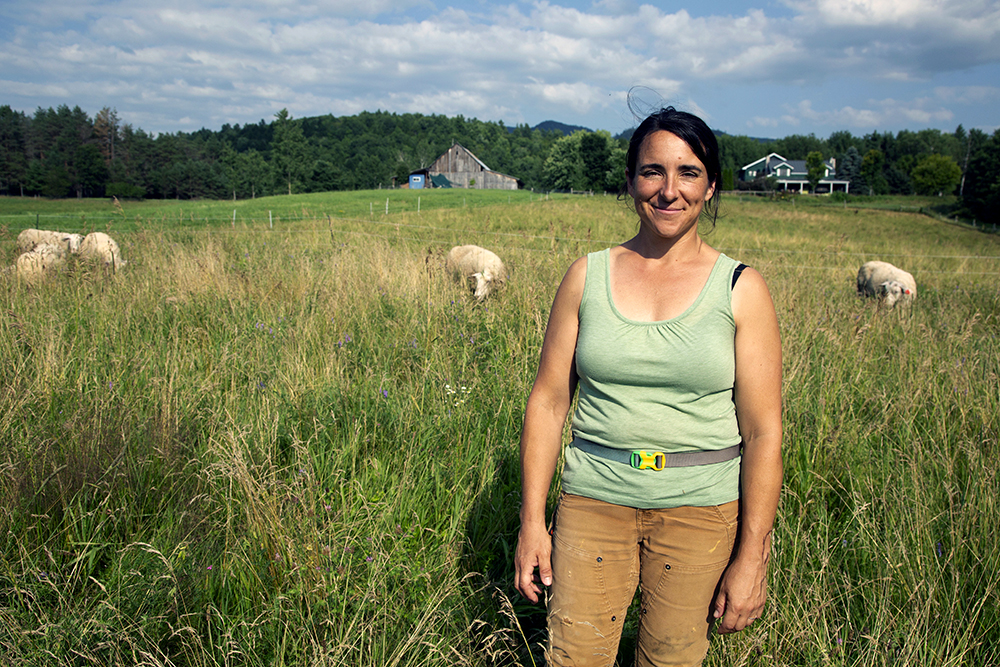
“Our main goal is just to have healthy pasture, lots of good healthy milk, and good rich yogurt to sell,” Eaton says.
Blue Pepper Farm has grown from 46 acres in 2011 to 156 acres of pasture and woodland today. The couple milks around 40 ewes and raises 80-some lambs either to be harvested and sold as meat and tanned lambskins or kept to bolster the herd for the future. The farm also sustains a flock of laying hens.
“Everything we do is pasture-based,” Eaton says. “Our sheep are out grazing pasture for as much time as they can possibly be, which is early May until December around here. They stay on pasture through most of the winter, and we bale graze in the field.”
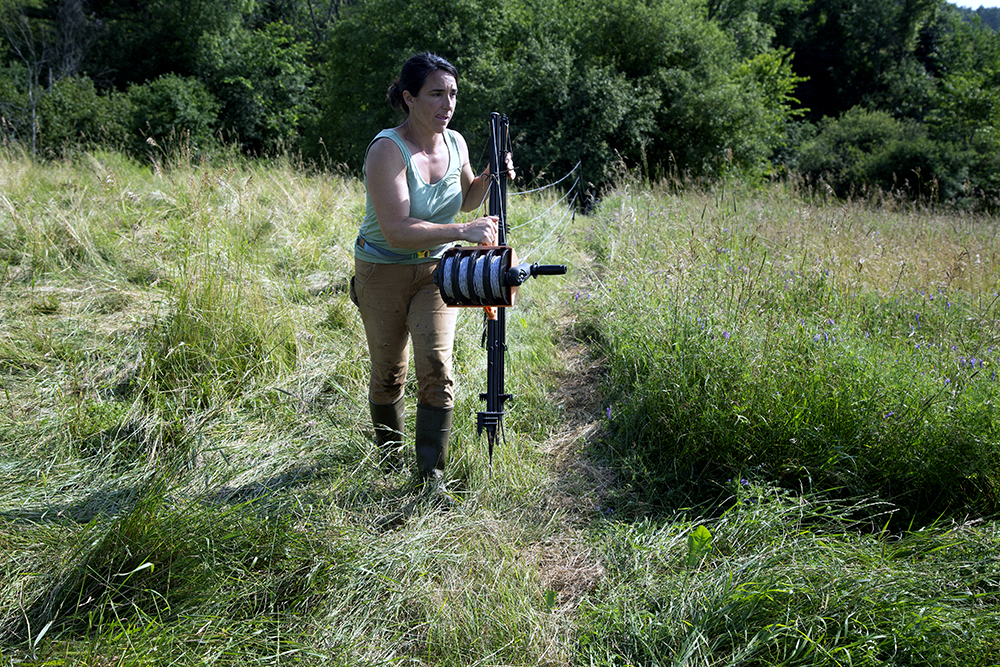
Most of the available grazing space is returning to native pasture through intentional management decisions. The Eatons split their main grazing pasture into strips, then further section off the strips into daily allotments. This type of grazing, often referred to as intensive grazing, is used by the Eatons to encourage plant growth and diversity. Portable chicken houses follow the sheep down each strip of pasture, adding additional nutrients and soil disturbance.
Looking across the pasture, Eaton recalls what the pastures looked like a dozen years ago when she first saw the farm.
“It wasn’t lush grass at all. It was just these stemmy, unpalatable plants. We really hammered that area with compost, clover seed and grazing. And now it is completely reformed into deep green grass that’s thick. It’s pretty amazing the difference from a couple years ago.”
During winter months, when the sheep aren’t grazing, the couple relies on bale grazing for both livestock nutrition and to add organic matter to the soil. Making the effort to meticulously monitor soil health pays off in their dairy enterprise. Eaton’s seen a beneficial relationship between improving their pastures and the health of the flock.
“Our sheep flock has evolved and now thrives on [our pastures],” explains Eaton. “At the end of the season, the female lambs we keep are the ones that have grown really well. We think these are the ones with the genetics to thrive in our climate and on our grasses.”
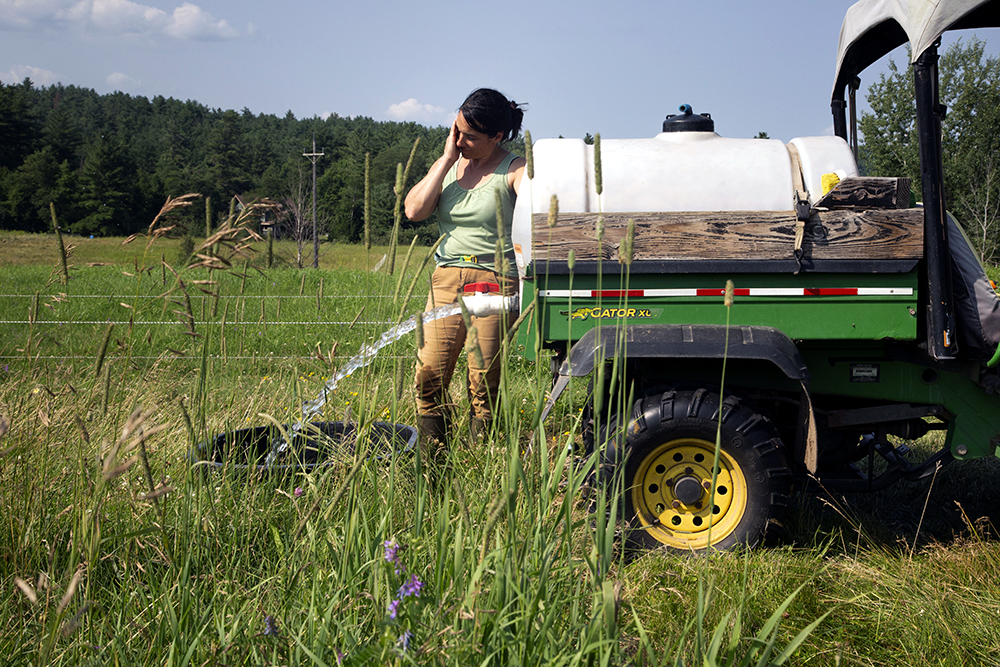
She admits the first few years on the farm weren’t quite this productive. The couple started with broiler flocks and a few other odd-and-end animals before settling on a yogurt-based sheep dairy as their main enterprise. The rotations of broilers helped them start the pasture rebuilding process, which is still ongoing, according to Eaton.
“We took the slower approach,” Eaton says of their plan when they bought their farm. “We would try to make some money one season and then reinvest it back and go a little bit bigger the next season, and kind of built from there.”
The Eatons call their farm management approach “human-scale,” never more than the couple and a seasonal farm hand can handle. The philosophy has helped them focus on what’s best for the operation and their family. It also contributes valuable by-products to their operation: healthy and thriving soil, forage and sheep.
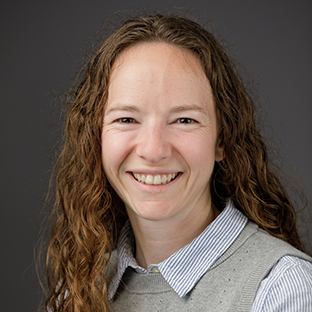
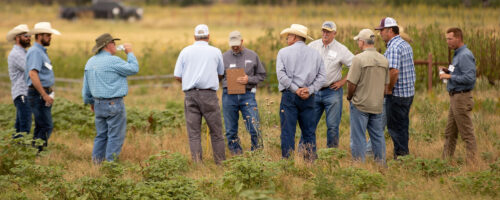
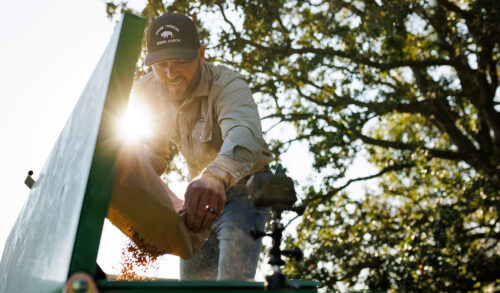
Comment